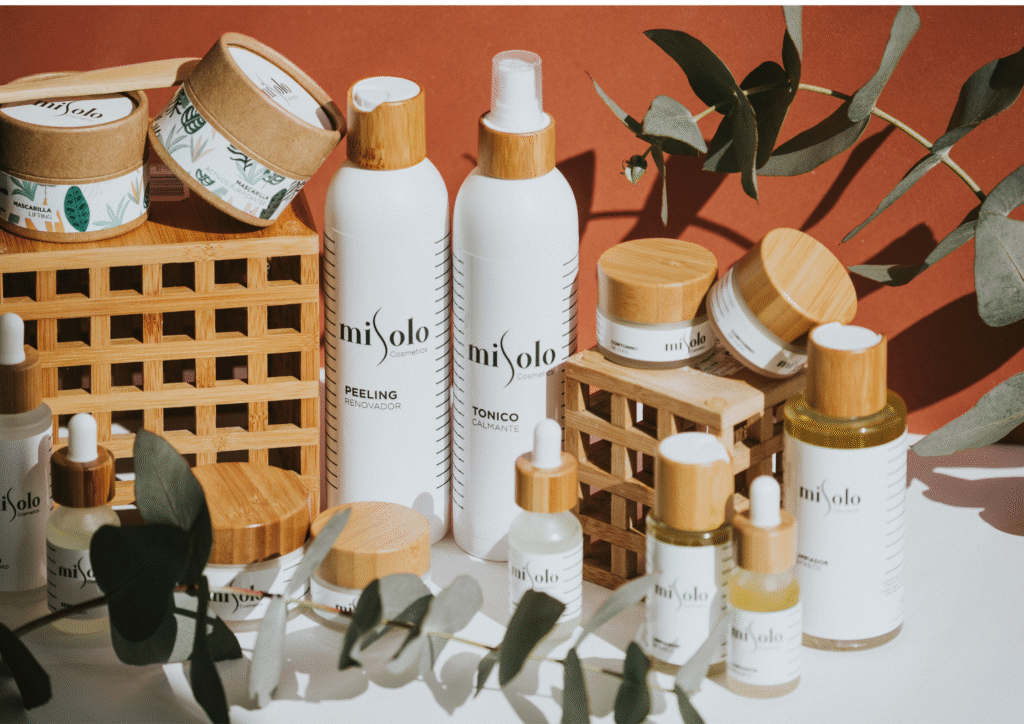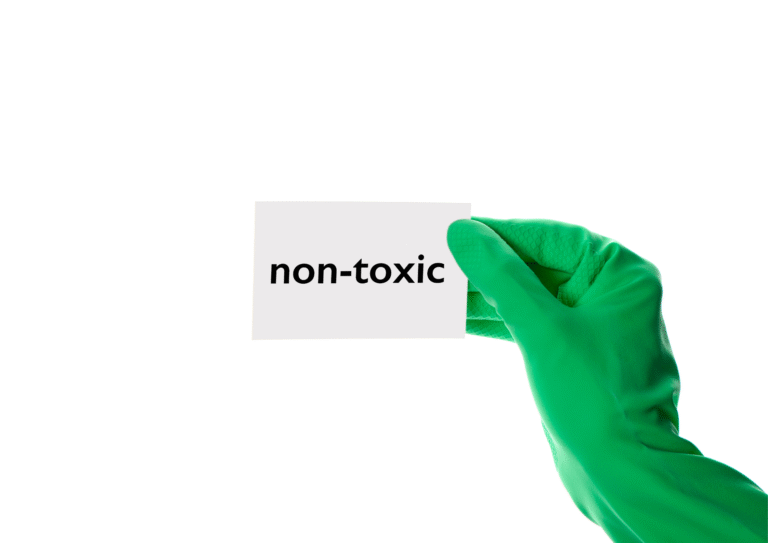
What is really inside your “non-toxic” lotion or cleaner?
You want to feel safe. You want peace of mind. You naturally expect products labeled “natural” or “non-toxic” to be what they say they are. But are they? This article will show you the truth behind those labels. It will explain what “natural” really means in today’s market and why this is so important.
The Green Halo: An Appealing, Yet Untrue, Illusion
We all feel good when we choose clean, green, or natural products. However, these words do not always mean what you think they do. We often believe products are safer just because the label says “non-toxic.” This is a comforting illusion. Furthermore, companies have learned to use this belief to their advantage.
The Legal Reality: “Non-Toxic” Is Not a Regulated Term
Here is the simple truth about natural products: There is no federal rule in the U.S. that defines what “natural” or “non-toxic” means.
The Environmental Working Group (EWG) says the FDA does not have to approve most cosmetic products or ingredients. Color additives are the main exception. Even more surprising, Consumer Reports points out that “non-toxic” is not a regulated term at all. This means brands can use this label on anything without having to prove it is safe. They do not even need to show that it is less harmful than a regular product.
“Non-toxic is essentially a marketing term,” explains Dr. Alex Lu, a professor at Harvard. “It sounds like science, but there is no real standard behind it.”
Why Brands Still Use These Labels
To be fair, some companies genuinely make cleaner, safer products. Many smaller brands care deeply about using fewer harsh chemicals and protecting the environment.
These brands often follow strict third-party certifications like EWG Verified, USDA Organic, or NSF/ANSI 305. Still, these labels are not universal. They can also be very costly for smaller businesses to get. This leaves a lot of room for misunderstanding, or worse, for greenwashing.
The Problem of Greenwashing
Greenwashing is when a company makes its products sound better for the environment or your health than they actually are. This is not a new practice, but it has become much more clever.
For example, a single word like “fragrance” can legally hide dozens of chemicals. Many of these chemicals have not been fully studied for long-term safety. As a result, brands using synthetic scents can still call their products “natural.” This is because the label does not require a full list of ingredients. As one blogger puts it, “Fragrance is the new secondhand smoke.” This may be a strong comparison, but it shows a real concern.
Why We Want to Believe It
It is easy to understand why we hold on to that “natural” label like a safety blanket. We have a deep need to believe our choices are safe for us, our families, and the planet. It feels good to choose “clean beauty” or “eco-cleaners” over products with lots of chemicals. This is true even when the difference is mostly a symbol.
Dr. Elizabeth Crawford, a consumer psychologist, explains: “People who feel they have no control in one part of their lives often try to take back control through what they buy. Choosing ‘non-toxic’ feels like an act of self-defense.”
The Dilemma: Comfort Versus Effectiveness
Let’s imagine a situation. You have to choose between a bleach wipe that kills 99.9% of germs and a “natural” wipe. This second wipe smells like lavender from essential oils and might kill some bacteria. Which one would you grab when your toddler licks the floor?
The answer is obvious. The “natural” choice may feel better, but it might not work as well. This leads us to the core problem: comfort versus effectiveness. Many natural products are less effective but more appealing. As a result, you might end up buying both, which means you spend more money.
What You Can Actually Trust When Shopping
So, what can you do to truly protect yourself? Here is how to shop with confidence:
- Look for third-party certifications. EWG Verified, Made Safe, and USDA Organic are some of the most trusted labels.
- Check ingredient lists carefully. Watch for vague terms like “fragrance” or “botanical blend.”
- Be cautious of extremes. If a product claims to be “chemical-free,” remember that everything is a chemical. Water is a chemical, and so is Vitamin C.
Final Thoughts: It’s About Clarity, Not Fear
Shopping for better products should not feel like detective work. Yet, for now, it does. The term “non-toxic” should have a clear meaning. But until new rules are made, you have to read between the lines.
Clearer labels, stronger rules, and more consumer knowledge are all needed for us to make safer choices. So, the next time you pick up a natural deodorant or face wash, ask yourself: Is this product truly safer, or is it just labeled that way?
Sources
- Environmental Working Group (EWG). www.ewg.org
- Consumer Reports. “How to Decode ‘Non-Toxic’ Products.”
- Harvard T.H. Chan School of Public Health. Interview with Dr. Alex Lu on regulatory gaps in labeling.
- Psychology Today. Crawford, E. “Why We Trust Natural Labels.”




